Winter Warriors: The Fitness Skills of 9 Olympic Sports
Winter Olympic Sports
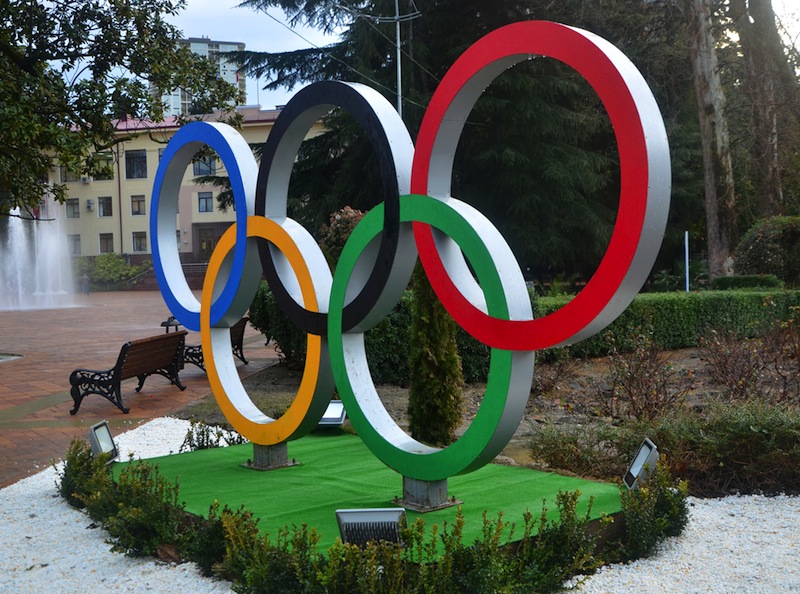
Do you have what it takes to go to the Winter Olympics? Olympic athletes train for hours each day to cultivate the strength and skills they need to excel in their particular sport. Their resulting talents vary widely. Here's a run-down of the sports in the Winter Games and the type of fitness needed to compete.
Biathalon
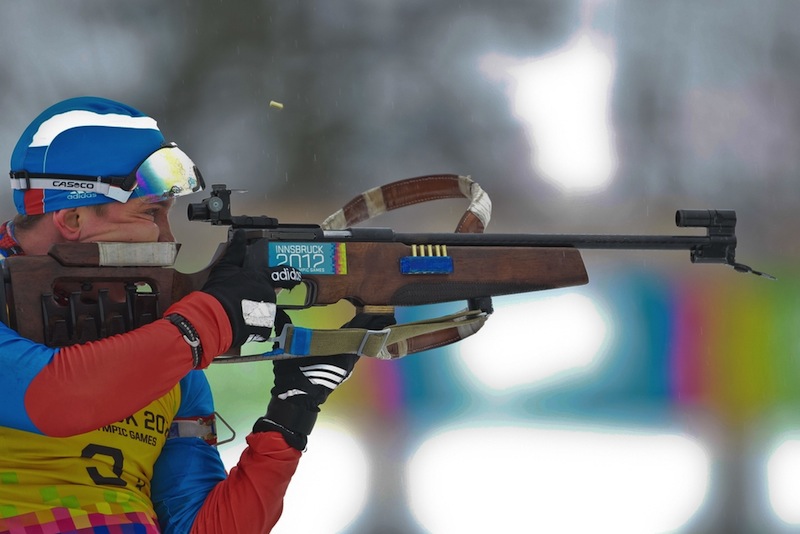
Biathletes mix cross-country skiing with marksmanship. Races vary in length from 6.2 miles (10 kilometers) to 12.4 miles (20 km), with pauses to target-shoot.
"Their cardiovascular conditioning is extremely high," said Scott Caulfield, the head strength coach at the National Strength and Conditioning Association in Colorado Springs, who has helped train Olympic and Paralympic athletes. But biathletes don't need the explosive strength of bobsledders or even figure skaters.
Bobsled

Bobsledders have to be able to accelerate rapidly while generating huge amounts of force to push a heavy bobsled up to 164 feet (50 meters). The speed gathered at the top of the track translates into a faster slide to the bottom, so every millisecond counts. The team's brakeman, who rides in the back, has to be especially large and strong, said Ambrose Serrano, the strength and conditioning coach at the Olympic Training Center in Lake Placid, N.Y.
"They're as fast as an NFL running back in terms of being able to run a 40-yard dash, but they're really as big and strong as a lot of linebackers," Serrano told Live Science. [6 Odd Olympic Competitors]
Cross-Country Skiing

Like the biathletes who cross-country ski as part of their event, cross-country skiers have excellent endurance. Men's events can be as long as 31 miles (50 km), and women's 18.6 miles (30 km). These athletes will have a very high VO2 max, or maximal aerobic capacity, said Brad DeWeese, a professor of kinesiology, leisure and sports studies at East Tennessee State University. That means they can take in a lot of oxygen per minute, making their bodies efficient over long periods of exercise.
"The cross-country skiers are probably the aerobic gods," agreed Carl Foster, a professor of exercise and sports science at the University of Wisconsin-La Crosse. In laboratory tests, cross-country skiers have among the highest VO2 maximums ever seen in humans, Foster told Live Science.
Get the world’s most fascinating discoveries delivered straight to your inbox.
Curling
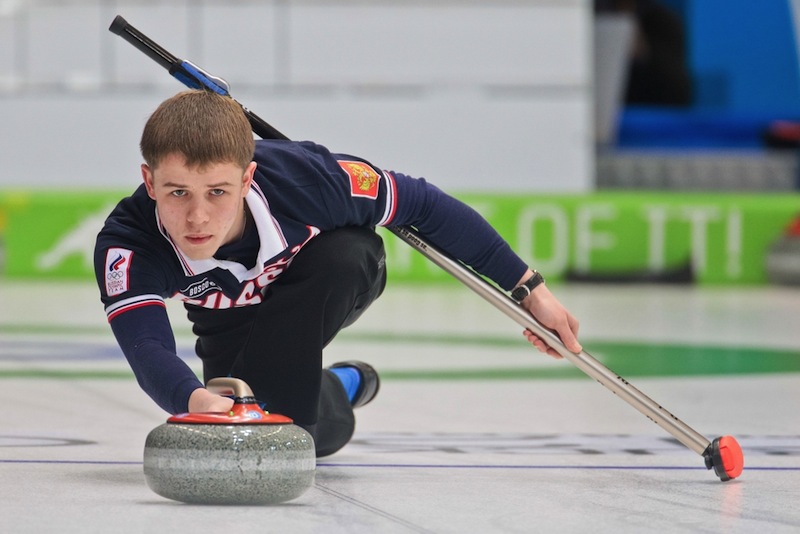
Curling is known as "chess on ice," but its athletes are no couch potatoes. They may not have the stamina or strength of other Olympians, but they still have to be in good shape.
"Curling is a skill sport, but by the same token, you're on the ice for a long period of time," said Foster. The sport requires flexibility and endurance for long hours of practice.
"You'd probably be really surprised if you saw [a curler] at the gym," Foster told Live Science. "You wouldn't immediately recognize them as an elite athlete, but you'd probably think they were one of the fitter people at the gym."
Figure Skating
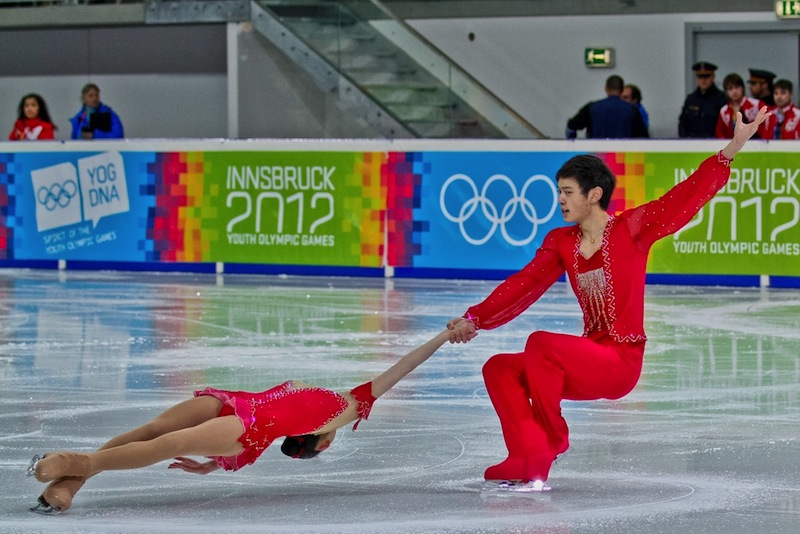
Figure skaters have to have it all: Strength for explosive jumps, endurance to get through a long program and flexibility to pull off amazing turns and spins. Figure skaters work out by running speed and jumping drills on the ice and lifting weights off of it.
Ice Hockey

Ice hockey has a strength component, because team members need to be able to put some speed and power into their skating, said Caulfield, who is also the head strength and conditioning coach for Colorado College's hockey team. Hockey players skate in 35- to 40-second bursts of sprinting-like activity, so their aerobic capacity is high, too. [Read More: 11 Politically Charged Olympics Games]
Luge and Skeleton
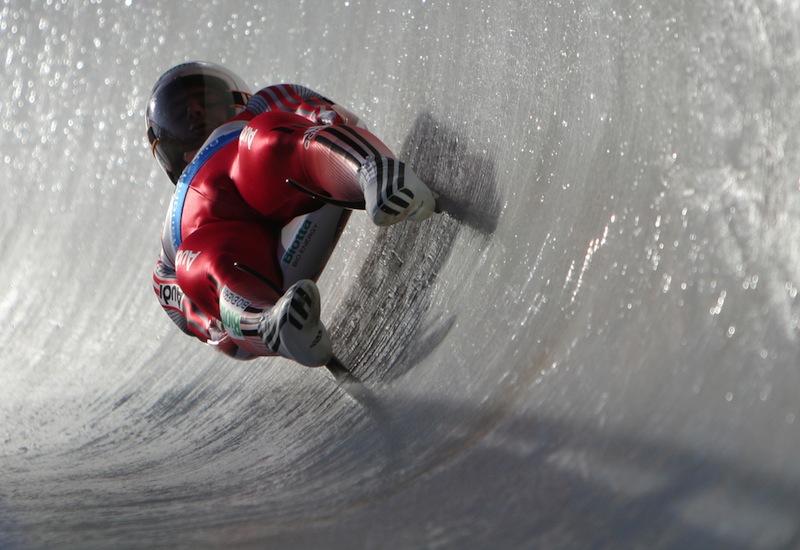
Luge is sledding on steroids. Lugers lay face-up on small sleds and reach speeds of up to 95 mph (150 km/h) on an icy track. Skeleton is similar, except athletes ride face-down.
As in bobsled, these sliding sports are all about the start. Athletes have to get moving quickly at the top, because their starting speed translates to more momentum and a swifter descent.
"These athletes really try to be sprinters on ice," DeWeese said.
Speed Skating
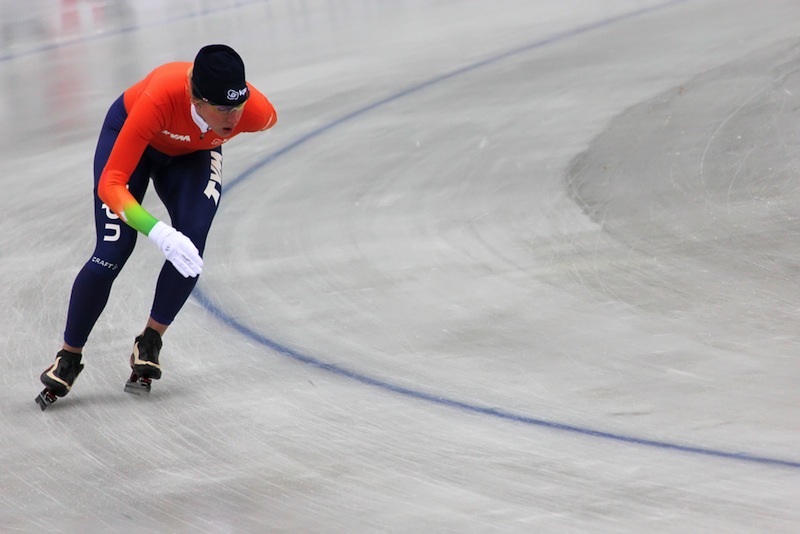
Olympic speed skating comes in both long- and short-track events, and an athlete's event determines whether they'll focus more on speed or endurance. But these athletes also need muscular strength for fast push-offs, and flexibility to get into their awkward starting position.
"If there's anybody who has to have it all, it's the speed skaters," said Foster — admitting to a little bit of bias because he worked with the U.S. Olympic speed-skating team from 1979 to 2002.
Skiing and Snowboarding
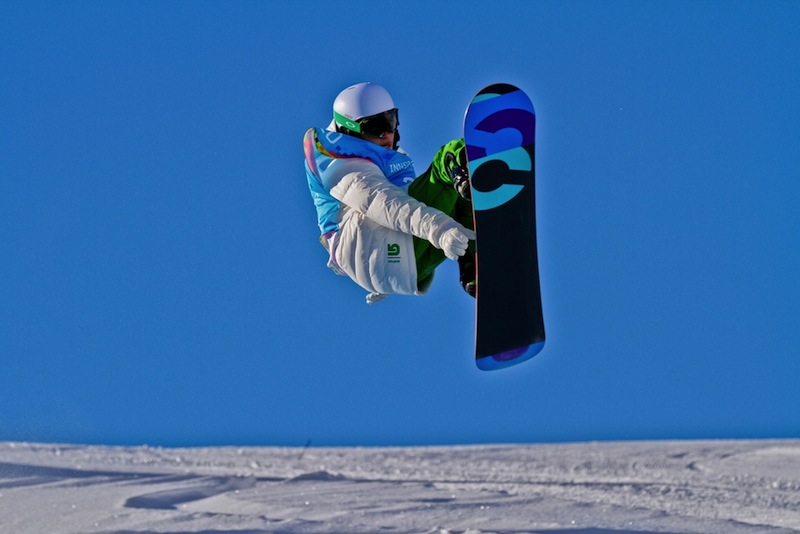
The rest of the Winter Olympic events involve strapping one or two slippery boards to the feet and heading down a mountain (or into a half-pipe). The fitness needs of skiers and snowboarders vary according to event, but the common denominator is strength.
"If you look at something like ski jumping, you have to be extremely powerful," said Foster. Ski jumpers also need flexibility and balance, but they need cardiovascular endurance only so they have the ability to train enough to build their strength and skills, he said. Downhill skiers need coordination, strength and balance "that's off the charts," Foster said.
"When you make turns at speed, the compressive forces on the legs are enormous," Foster said. "It's like putting a huge barbell on your back."

Stephanie Pappas is a contributing writer for Live Science, covering topics ranging from geoscience to archaeology to the human brain and behavior. She was previously a senior writer for Live Science but is now a freelancer based in Denver, Colorado, and regularly contributes to Scientific American and The Monitor, the monthly magazine of the American Psychological Association. Stephanie received a bachelor's degree in psychology from the University of South Carolina and a graduate certificate in science communication from the University of California, Santa Cruz.


